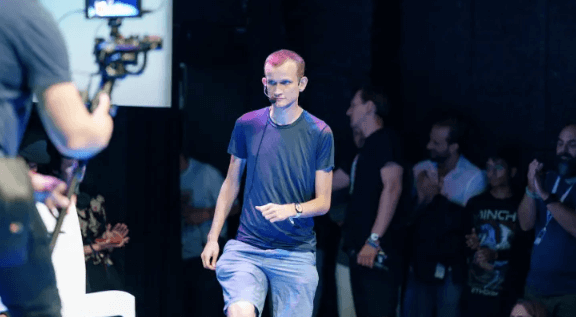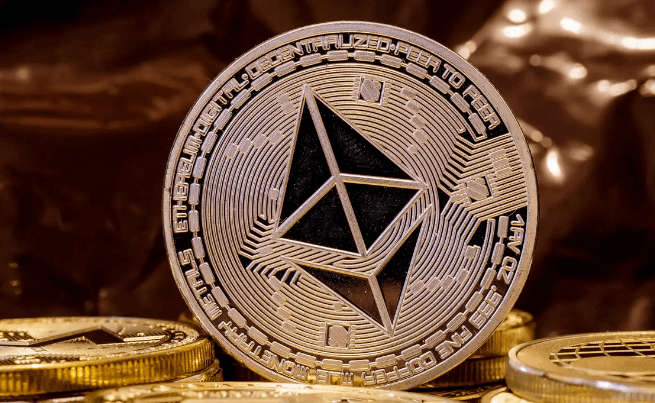TL;DR
- Developer and co-founder of Ethereum Vitalik Buterin outlined the blockchain’s core values and harked back to when it was more cypherpunk.
- The over-financialization of cryptocurrencies in 2017 overshadowed Ethereum’s “cypherpunk” vision.
Ethereum Envisioned Cypherpunk in Its Early Days
The developer and co-founder, Vitalik Buterin, wants to make Ethereum cypherpunk again. This was its form in its early days before financial applications dominated the network.

In a blog post shared on social media X, Vitalik Buterin says Ethereum was initially introduced as a “decentralized, shared hard drive.”
The network was intended to serve peer-to-peer messaging and decentralized file storage.
However, this vision began fading in 2017, as the blockchain turned toward financialization after it saw a boom in multiple DeFi applications.
Having lived through that era, the number one culprit I would blame as the root cause of this shift is the rise in transaction fees. When the cost of writing to the chain is $0.001 or even $0.1, you could imagine people making all kinds of applications that use blockchains in ways, including non-financial ways.
Vitalik Buterin stated in his blog post.
“Cypherpunk” refers to an individual who uses encryption to maintain privacy, particularly when accessing a computer network.
Ethereum Back to Its Roots
Cypherpunk is a movement that advocates using technology to promote privacy and social change. It also protected users against state and corporate oppression.

Its core values include Decentralization, censorship resistance, credible neutrality, and open participation.
Buterin reiterated that he wants to see some of these values return to Ethereum’s future. In addition, he remains optimistic that non-financial applications may flourish on the blockchain.
In any case, he notes that Ethereum has advanced in various ways. This includes innovations like rollups, account abstraction, zero-knowledge proofs, and second-generation privacy solutions.
These innovations are more mainstream and can easily uphold some of the cypherpunk values.
Moreover, organizations can easily incorporate cypherpunk-like activities like poll participation without revealing one’s privacy.
They can also implement quadratic voting and cross-tribal consensus-finding mechanisms to help them govern themselves.
Make Ethereum Proof of Stake Lighter and Simpler
Buterin concedes that building things in the Ethereum that don’t follow cypherpunk values is possible.
Hinting examples like building a highly centralized layer secured by a multi-signature with no changing plans.
He also suggested a non-fungible token ecosystem where NFTs are stored in a centralized website rather than a decentralized file storage.
He believes that the blockchain needs to resist these pressures to avoid losing the unique value of the ecosystem.
More than that, it’ll avoid the recreation of a clone of the existing Web2 ecosystem with extra inefficiencies and steps.
Buterin is impressed with the ever-changing innovations solving some of the biggest crypto industry problems.
He notes that decentralized exchanges are providing solutions to hacks on centralized exchanges.
Cowswap, MEV Blocker, and Flashbots Protect are limiting the severity of sandwich attacks on Ethereum users using extractable value exploiters.
Therefore, Buterin proposes to make Ethereum’s proof of stake chain lighter and simpler. This is done by reducing the signature numbers validators require to keep the network running.
What do you think about Buterin’s sentiments regarding Ethereum?






